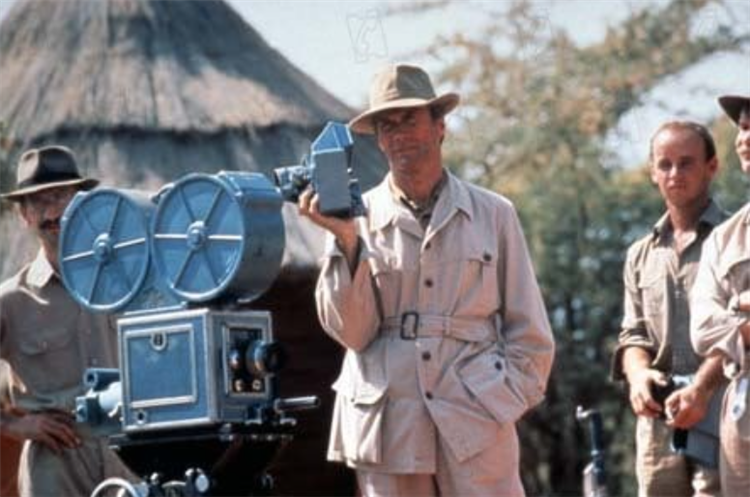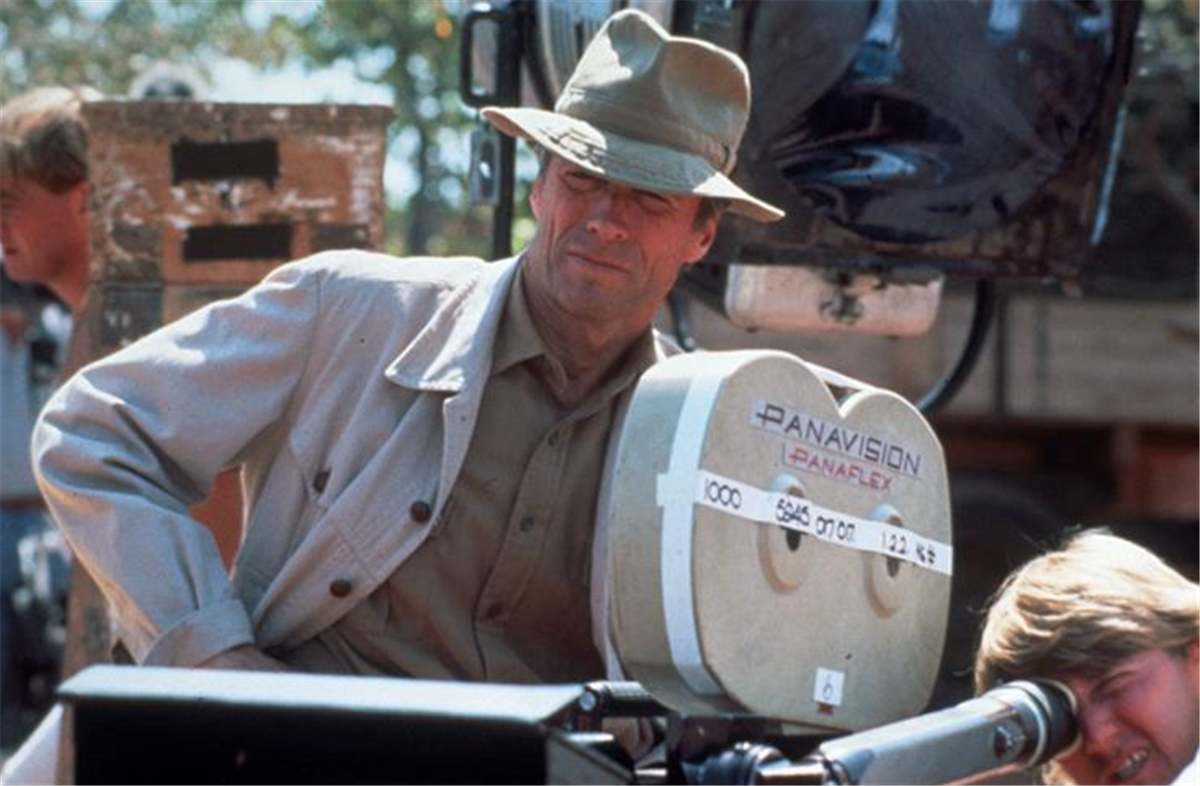With budgets and schedules continuing to spiral to new and increasingly unwieldy heights, Clint Eastwood could end up being remembered as among the last of a dying directorial breed.
He might be one of the industry’s most iconic stars, a household name the world over, the recipient of four Academy Awards for his work behind the camera, and a timeless superstar. Still, he’s also one of the very few A-list directors who never had a vested interest in assembling massive crews to spend months on location before spending just as long embedded in the post-production suite.
There aren’t many filmmakers carrying Eastwood’s status and reputation who don’t succumb to the lures of monstrous budgets eventually. The star instead favours mid-budget productions that he helms with the minimum of fuss, shooting only one or two takes of any given setup before moving onto the next one.

The most expensive feature Eastwood has ever directed is the $90million war epic Flags of Our Fathers, but beyond that, he’s never wielded the megaphone on anything to have cost more than $60million. When Christopher Nolan, Quentin Tarantino, David Fincher, Steven Spielberg, James Cameron, Martin Scorsese, and many other auteurs who find their names being used as key selling points are regularly making films that cost twice as much, it makes him something of an outlier by default.
That quick and economical style has become one of his calling cards behind the camera, but Eastwood didn’t view it entirely as a compliment. In fact, in an interview with the Directors Guild of America, he referenced one of the worst movies ever made as indicative of what happens when speed and quality don’t go hand-in-hand.
“I think the reputation that I have for speed is not necessarily a good one,” he mused. “You don’t want to do Plan 9 from Outer Space, where the gravestones fall over, and you say, ‘I can’t do another take. We’re too busy. Move on.’ You’re still making a film that you want to be right. But I find, as an actor, that I worked better when the directors were working fast.”

From a performative standpoint, Eastwood enjoyed being able to “sustain the character for shorter periods” instead of asking himself a number of questions that could detract from his work. “You’re not having to ask yourself, ‘Now, where was I three days ago? What the hell is this scene all about? What are we doing here?’” he offered, with the grizzled veteran partially attributing his rapid pace to his background.
He broke through on the small screen, “and in television, you had to move fast,” so when he was the man in charge on set, he continued on in that vein “because I think it works well for the actors and the crew to feel like we’re progressing forward”. It’s a rare mindset these days, but clearly one that’s worked wonders for Eastwood dating back decades.
